Mother of Thousands "Kalanchoe daigremontiana" | Plant Care
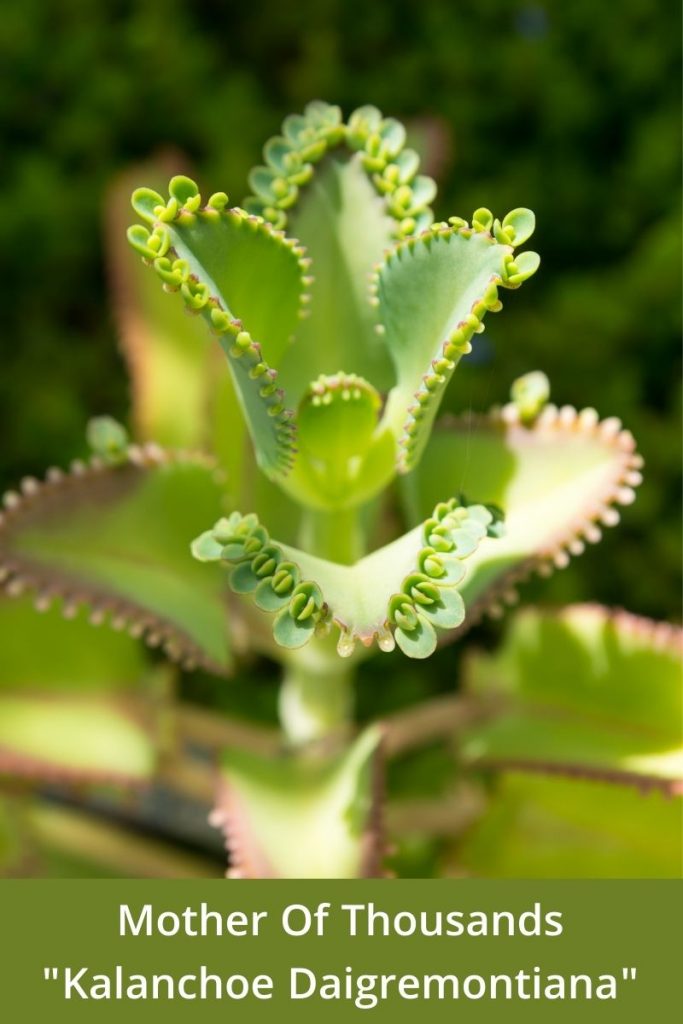
Alligator Plant or Mexican Hat Plant
Indigenous to Madagascar,this famous monocarpic succulent is ideal for the learner or beginners. It relates to the Crassulaceae family and most similar to the jade plant or Kalanchoe blossfeldiana (Flaming Katy). The leaves of the “mother of thousands plant” grow tiny bulbish shape along its edges. As we know, Kalanchoe daigremontiana plants cannot produce seeds, but as an abundant producer, many of, new baby “alligator plant” or “Mexican Hat Plant” grows; when plantlets drop down to the ground.
“Alligator plant” ought to plant in a good drainage soil potting mix; water usually but thoroughly; also place in fair light but avoid direct sunlight, While maintaining humidity at 65 to 75° F; The tiny platelets need to get managed that grow across the edges of these leaves. Whenever the plantlets drop to the ground, they try to take root.
Quick Look:
- Full sun to partial shade
- Typical water needs for a succulent
- The plant grows up to 3′ (90 cm) tall.
- Zone 10a (Minimum 30° F | -1.1° C)
- Perhaps Not cold hardy
- Propagation through offsets
- Toxic to people and pets
- Summer indolent
Common Care & Propagation for Mother of Thousands plant
This succulent plant is widely known by various names, such as devil-backbone, Alligator plant, Mexican hat plant, and Kalanchoe daigremontiana, Originated from Madagascar. The leaves of this plant look like a large blue-green, which is pointed and narrow. Leaves usually grow up to 3 inches wide and 6 inches long. If you plant this “alligator plant,” it approx grows up to 18 to 35-inches in height.
The unique part of this plant is its leaves, where plantlets grow across the leaves’ edges. Certain small plantlets drop from the main plant readily; whenever they drop and find soil for proper growth, they try to root. For this reason, many gardeners consider the Mexican hat plant hard to manage because platelets spread quickly and grow easily in all soil mixtures.

Now you understand how and why this plant got its common name- this plant is the mother of thousands of other plants. In indoor, if you grow mother of thousands, you don’t need to worry about its propagation, although it is challenging to manage; little plantlets may drop on your nearby pots, and because of its easy propagate disposition, they can root easily.
Lighting needs for Mother of Thousands Plant
Mother of thousands plant loves direct sunlight in the early morning; this is the time when even the sun is not too torrid; those who have an east-facing window; they can put this plant on there, where it easily thrive. Lots of people often choose a north-facing window, although it is a poor choice for the Mexican hat plant. Even in the summer season; when you place the plant in the north-facing window; the plant will not get enough hours of sunlight.

Remember that, from the early June month to September, consider choosing an alternative placing location for mother of thousands plant; The plant may get too much heat up if you put the plant in the west and south-facing window, which may cause leaves to sunburn. So avoid placing it there during summer.
You will notice when the mother of thousands plant takes enough lighting – The leaves will turn vibrant green and have a beautiful reddish outline alongside the edges. The plant gets spindly and tall if it did not get enough sunlight. There will soon undoubtedly be large distances between your leaves; which will look worse.
Temperature Needs for Mother of Thousands Plant
Mother of thousands’ plant grows ideally at (65 to 75° Fahrenheit) 16 to 24 ° Celsius. Even as soon as you are warming your house during the winter months, maintain away the plant from a direct heat source. Not only because it can dry the plant too quickly, but it also damages the leaves due to direct heat.
Best Pot for Mother of Thousands Plant for Proper Growth
The best choice for planting a mother of thousands is a terracotta pot with a drainage hole at the bottom so excess water may drain outside. You can even improve your water drainage systems by putting some tiny stones or pebbles at the pot’s bottom.
We advise setting your pot in a tray so that excess water can drain quickly and make sure the tray empty when the drainage water is collected. If you left the plant in wet or damp soil, it might cause root rot.
Also Read : Best Pots for Succulents
Avoid planting a Mexican hat plant with other succulent plants because its small plantlets will take over the Pot. These plants are not suitable for sharing space in Pots with other plants; if you plant this with other plants, you may find the mother of thousands takes over the friend plant entirely.
Which is the best soil for mother of thousands plant?
Sandy soil is best for the mother of thousands that also drains well. A potting soil mixture for cacti or succulents plant; could be the best choice for the alligator plant. Making a potting mix for a Mexican hat plant is straightforward, even if you did not make any soil mixture before. Only you require to mix some sands in regular cacti potting soil.
For good drainage, you can also add some soil elements.
Perlite:Perlite is a crushed lava glass inserted into potting soil to ensure it stays the potting mix light-weighted and loose.
Pumice:Pumice stone helps aerate the soil and hold it loose, so excess water drained quickly.
Vermiculite:Vermiculite helps to retain moderately moisture in the soil while allowing good aeration.
Read more: Soil for Succulent
If you use a soil mixture that has peat moss, humus, or loam; any of them then, probably your soil will not dry quickly; so I advise you to avoid them.
Watering Needs for Mother of Thousands
You need to water your “mother of thousands” plants thoroughly. Remember that let the plant dry once you watered; at-lest the upper 2 inches of the soil must be dry; when you are watering the plant again.
When watering, always remember that use regular water, neither too cold nor hot. This plant’s roots are sensitive, so cold or hot water may cause damage the plant root or affect overall plant growth.
Avoid giving water to leaves only water the soil. When the leaves are wetted, they prone to rot surely. During the winter seasons, you can water the plant less often. Supply only enough water for the plant soil.
Pruning and Grooming needs for Mother of Thousands
Similar to any other house plant, your mother of thousands plant required to be trimmed back now or later. When your plant gets lean and spindly, cut off the top stem above a large leaf. That will indeed espouse the plant to start growing leaves from down on the stem promptly.
How to Propagate Mother of Thousands?
The propagation process is easy for the mother of thousands; it relies only on the little plantlets to spread; since this plant lost the ability to produce seeds. If you want to propagate this plant, you need to take three or four plantlets from the leaves and put them in a plastic bag or seal from plastic wrap around. Please retain them humid; until unless you prepare to plant them.
Take a small pot, probably a terracotta pot, and put some cactus soil. Mother of Thousands plant can seamlessly adopt any soil mixture and grows well. Do not worry about finding a big pot; a big Pot is only needed when plantlets grow enough and have no more space left. You will know when to Repot mother of thousands plant.
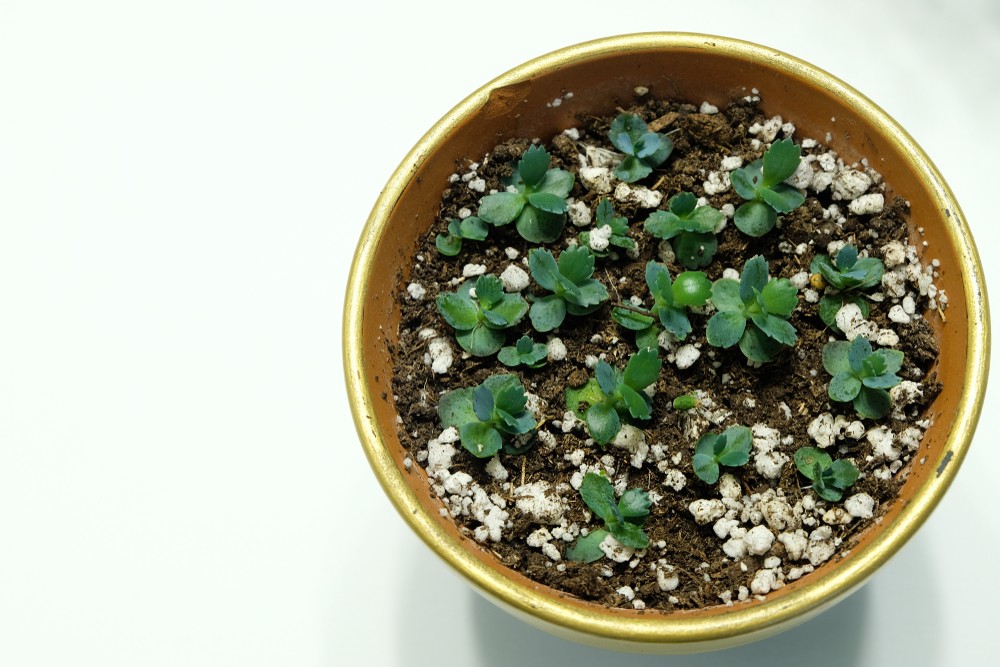
Before transplanting a Mexican hat plant to a larger pot, please wait until the spring season; if you ask gardeners for the ideal time to transplant a mother of thousands? No doubt they will say spring season! – Warmer temperature and lengthen daytime hours will surely boost the repotted plant roots growth.
Read more about: Repotting Succulents
Select a new pot; that will be size up to about 2-inches more; than the current one compared to diameter and height.
Your Alligator plant can ultimately grow in any Pot size, but in a too big pot, it looks unbalanced and dull. Ensure that the Pot you use has the right drainage hole. To settle it a little bit, suppress the soil mixture with your hand a little.
It would be best to turn the pot upside down while placing your palm down and holding the stem with fingers gently, pressing softly around the pot sides, so Pot can easily loosen the root. Carefully keep your eyes on the plant branches while sliding the plant out from the Pot, so that stems will remain safe.
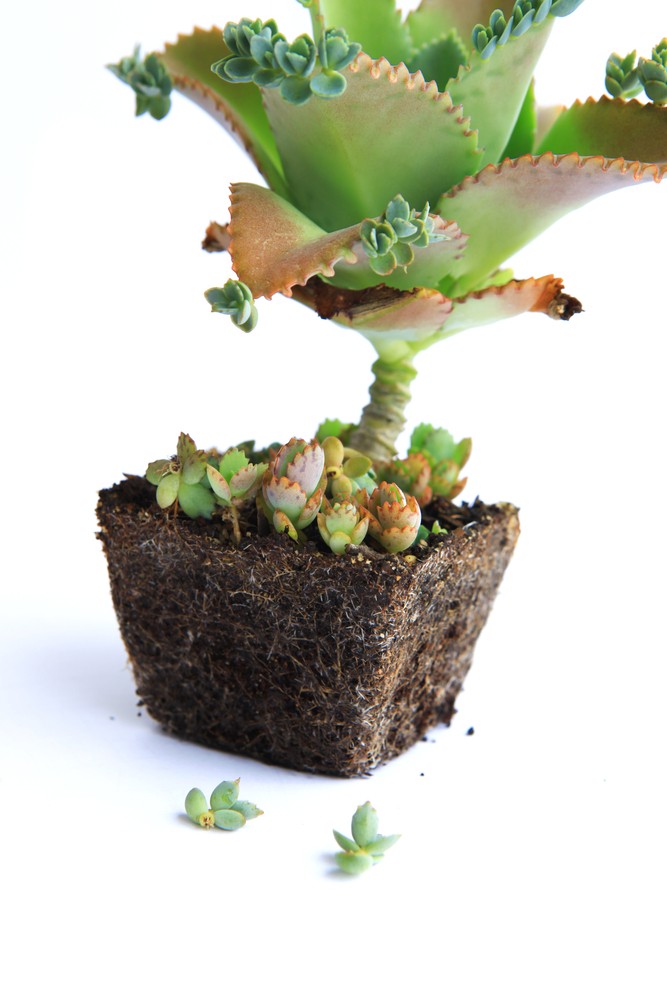
Bottom view (Root Spread at the bottom)
Remove the broken or dead leaves. Also, trim the root, which looks rotted. Be careful so that you don’t damage healthy roots; Trim back the large roots; if your plant has any; so that they will easily fit in a newer pot.
Put your mother of thousands to the middle of the newly chosen Pot, ensuring that the roots’ position is 1 inch below the Pot’s top. Add some soil. Suppress the Soil with a hand to compact it a little. Avoid filling too much Soil in the Pot.
Water the plant slowly with normal temperature water while ensuring that it is evenly moist and can adequately absorb it. Let the Excess water draining out properly through the pot drainage hole. Provide some sunlight to the plant each day. Now you have nicely done Repotting process; for your mother of thousands.
Do flowers grown on mother of thousands?
Your “mother of thousands” plant rarely produces flowers when grown in indoor conditions. But when you grew alligator plants in the garden with proper growing conditions, it gives flowers.
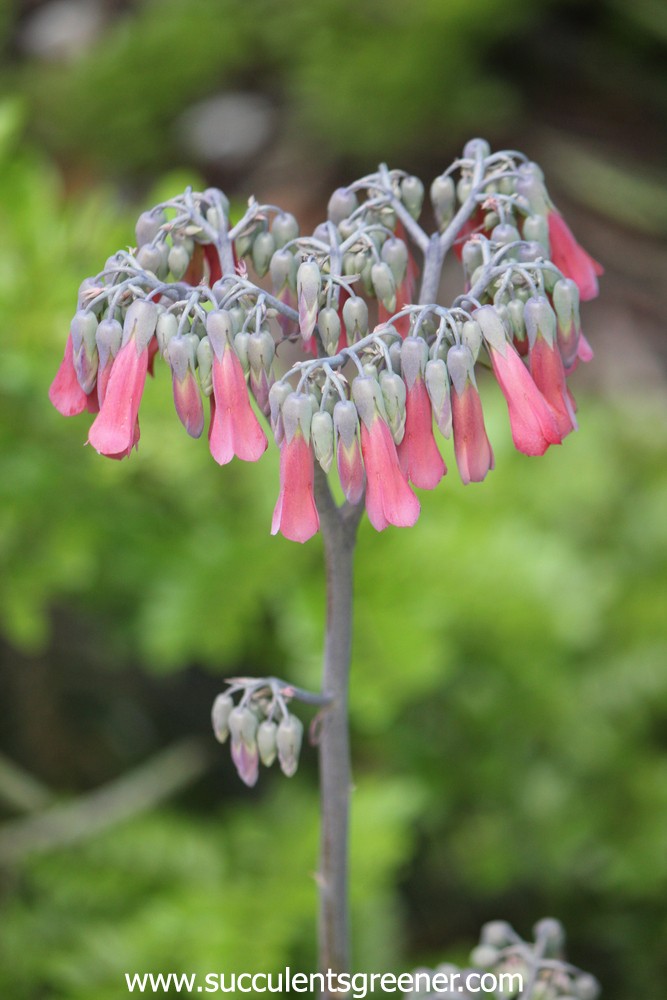
Blooming pink flowers from the mother of thousands succulent, a very invasive plant that is taking over Florida
The plant grows pink and tubular shape flowers; they hang in over the plant’s main stem. Only the mature plant bloom flowers; the plant dies after blooming; leaving their little plantlets behind to start germinating in its place.
Can the Mother of Thousands Grow in Terrariums?
Terrariums are trendy – This is an excellent option to grow and display different succulent & cacti plants. Mother of thousands is often not the right choice for growing in terrariums, but still with some precautions you can grow this plant in a terrarium.
As we know, the Mexican hat plant likes much indirect sunlight; you can happily grow this plant in a terrarium or any glass container.

It is crucial to keep in mind; the plant is little invasive when growing with other succulent plants in a terrarium. Whenever small plantlets drop and germinate root, they can soon take over the whole terrariums, or glass container.
By removing these little plantlets, you can also control them from spreading in the terrarium. The Mother of thousands can look very attractive in a glass container among their exciting leaves.
Frequently Asked Questions for Mother of thousands
Question:Is Mother of Thousands Plant Poisonous for Pet and children?
Answer:Yes, no doubt, Mother of Thousands is toxic, especially for children and pets. Keep this plant away from the pets and children; for their safety.
Question:Why Are My Alligator plants Leaves Curling?
Answer:There are most probably two reasons for leaves curling.
1. Plant would not be getting enough sunlight
2. You are overwatering your plant
Give them enough watering; while ensuring that soil dry at least upper 2 inches, only then watering again.
Question: Should I Remove Dead Leaves?
Answer: If there’s any leaf damage, the plant prunes itself; whenever you remove dead or damaged leaves, your plants look healthier.
Question: Does the mother of thousands need fertilization?
Answer: Mother of thousands slows the growth during the winter season. However, you can fertilize it from March to September, around every three months. Liquid fertilizer is also a good option.


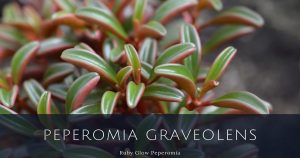


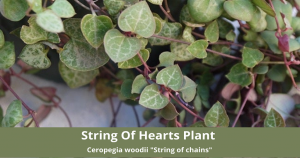

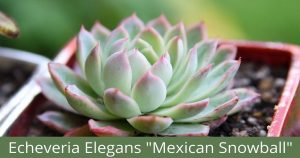



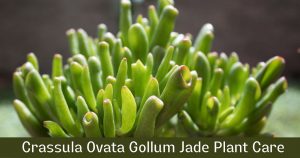
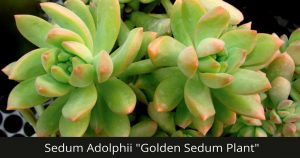

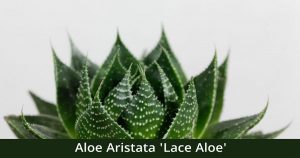










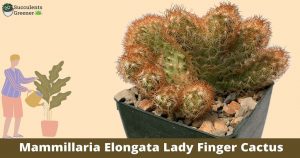





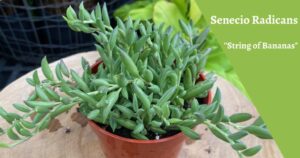









2 thoughts on “Mother of Thousands Kalanchoe Daigremontiana”
Thanks for the info! Question: how should you space the plants after the plantlings have rooted and grown? Do they need to be in individual pots or can you have several in one pot together?
Thanks for your appreciation!
Usually i prefer to seprate them. It is because caring several plant like this one in a single pot is very time and effort consuming.